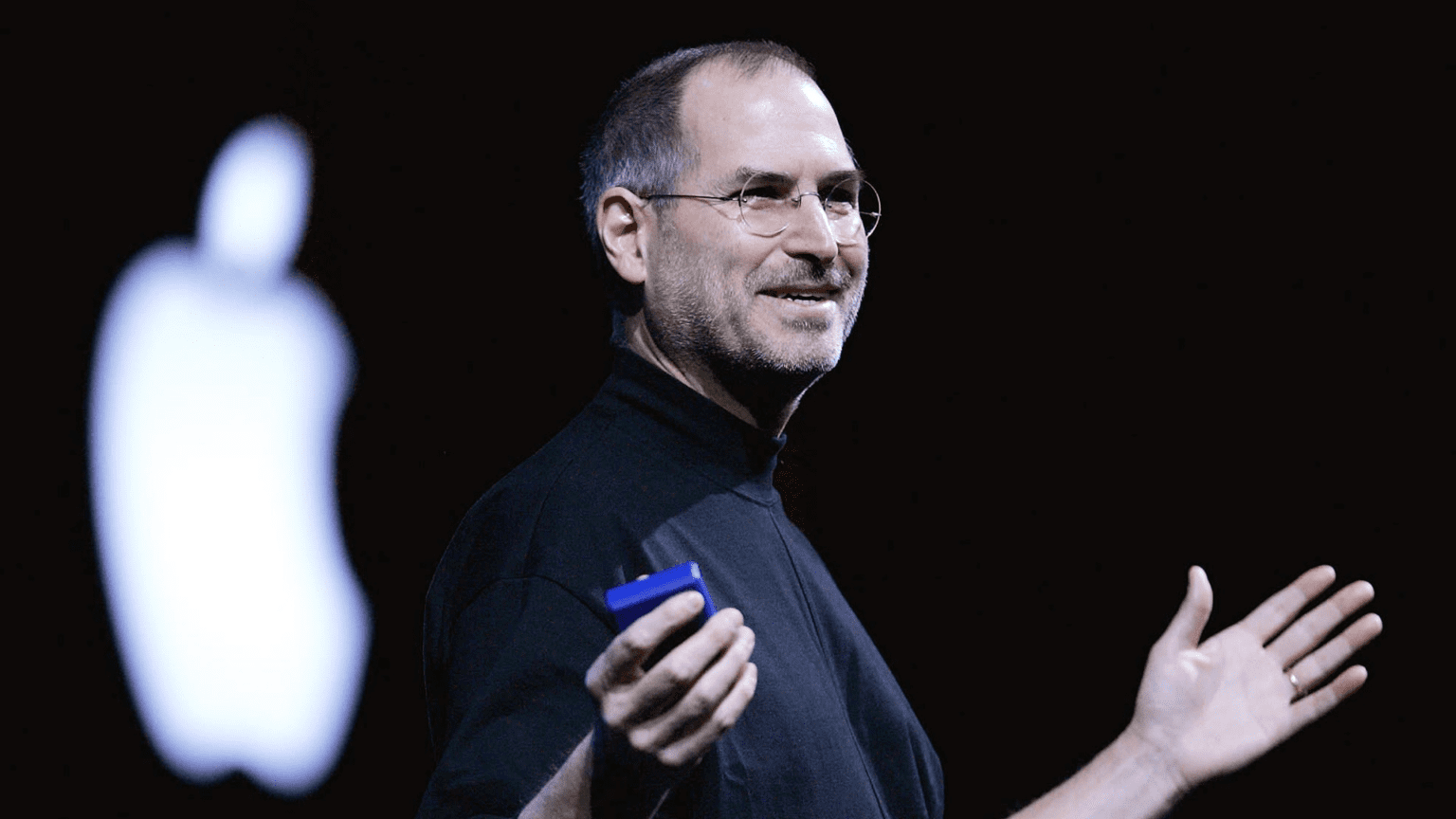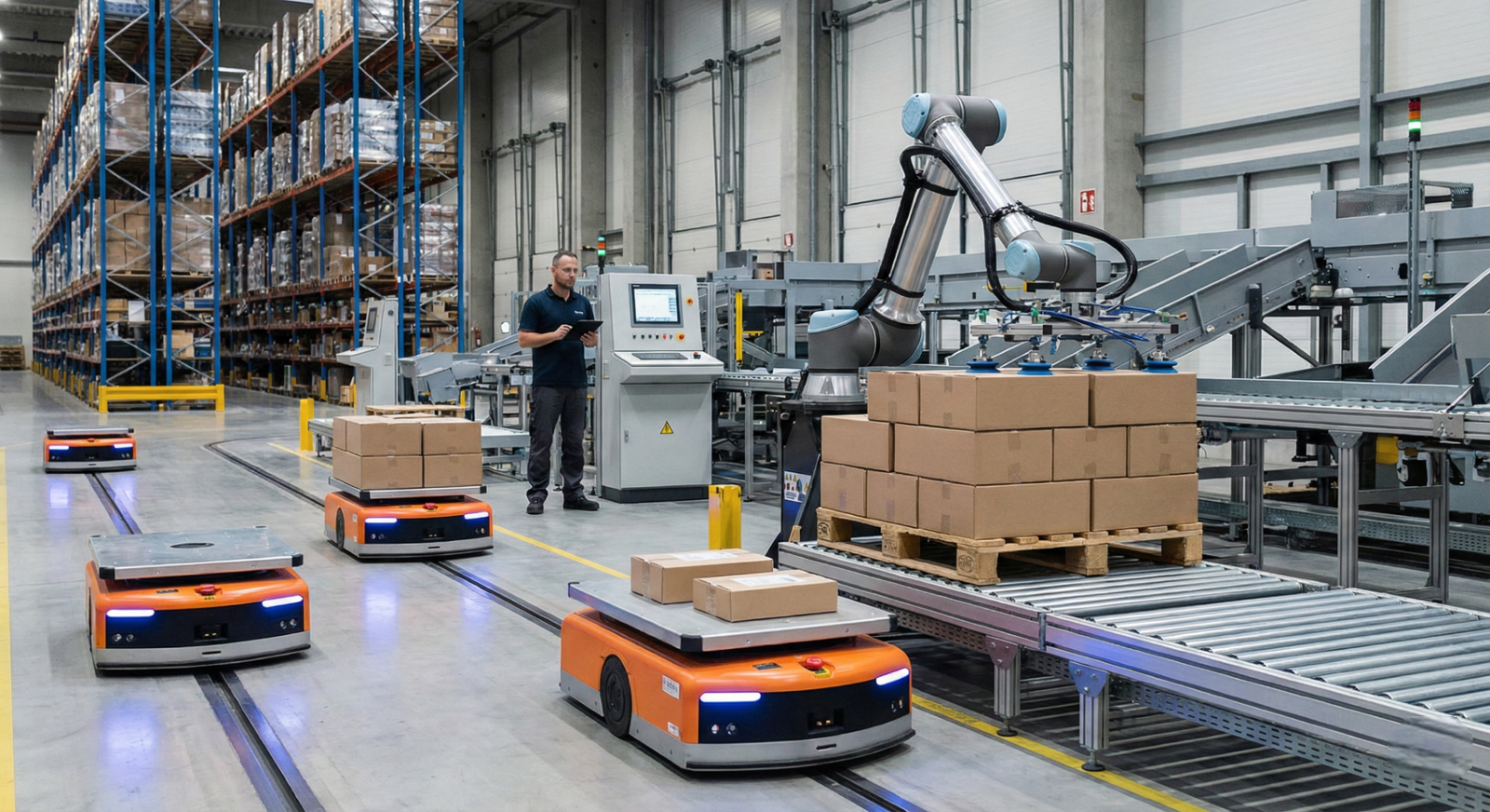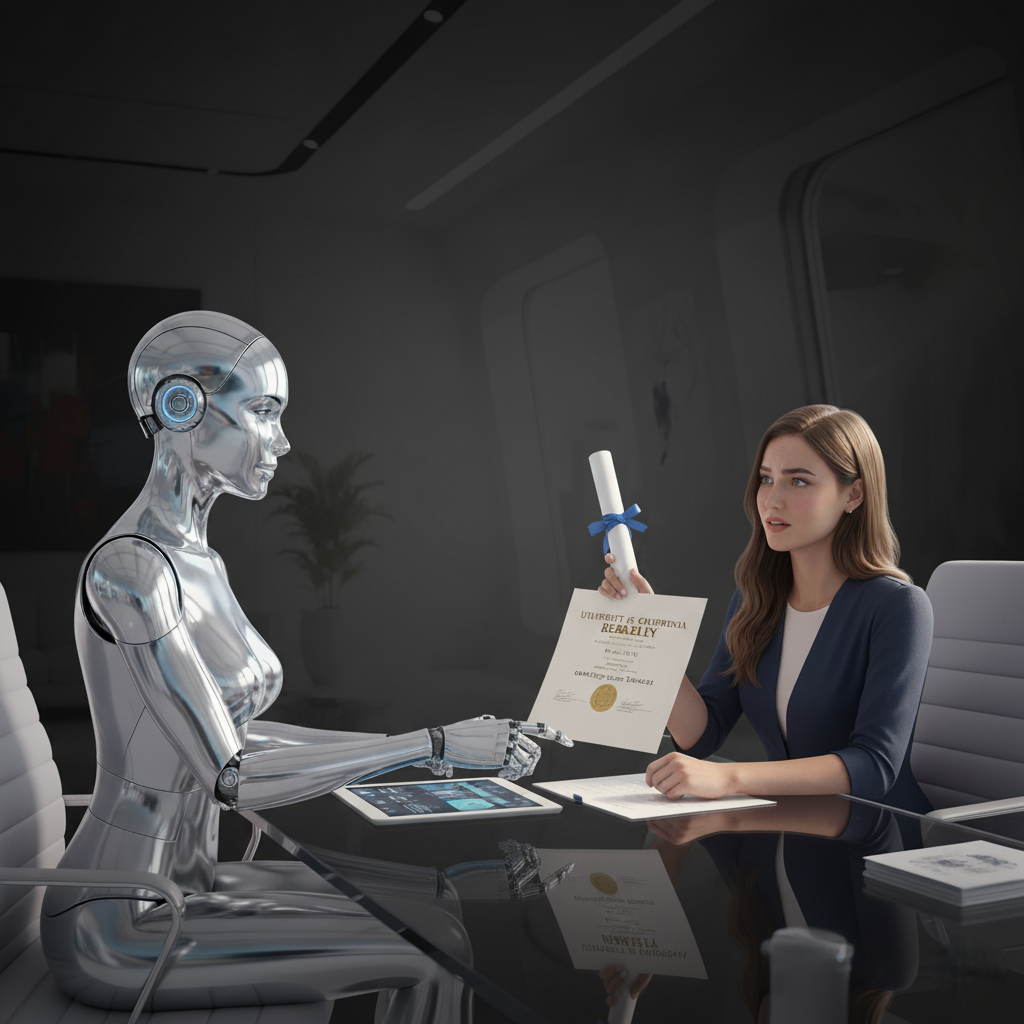Few figures have left as indelible a mark on the technological landscape as Steve Jobs. As the co-founder and CEO of Apple Inc., Jobs’ unwavering vision, passion for design, and relentless pursuit of innovation not only revolutionized multiple industries but also fundamentally changed how we interact with technology in our daily lives.
Early Life: A Glimpse into the Making of a Visionary
Born in San Francisco in 1955 and adopted shortly after, Steve Jobs spent his formative years in Cupertino, California – a region that would later become synonymous with technological innovation. While Jobs’ academic journey was unconventional, dropping out of Reed College after a single semester, his time there wasn’t wasted. He audited courses that fueled his interest in design and Eastern philosophy, both of which would profoundly influence his later work.
Jobs’ early career was marked by a passion for electronics and a fascination with counterculture. This led him to co-found Apple Computer Inc. with Steve Wozniak in 1976, working out of Jobs’ family garage. The company’s early success with the Apple II, one of the first mass-produced personal computers, demonstrated Jobs’ uncanny ability to understand what consumers wanted before they knew it themselves. It set the stage for Apple’s future trajectory, blending technological innovation with user-friendly design.
The Rise and Fall (and Rise Again): A Story of Resilience
The introduction of the Macintosh in 1984 was a pivotal moment for both Apple and the personal computing industry. With its groundbreaking graphical user interface (GUI) and mouse, the Macintosh revolutionized how people interacted with computers, making them more accessible to the average user. However, Jobs’ uncompromising personality and clashes with the board led to his departure from Apple in 1985.
Undeterred, Jobs founded NeXT, a computer company that focused on high-performance workstations and object-oriented software. Though not as commercially successful as Apple, NeXT’s innovative technology would later play a crucial role in Apple’s resurgence. Simultaneously, Jobs acquired Pixar Animation Studios, which would later go on to produce groundbreaking films like “Toy Story” and “Finding Nemo,” revolutionizing the animation industry.
Jobs’ return to Apple in 1997 marked the beginning of a remarkable turnaround for the struggling company. His return was facilitated by Apple’s acquisition of NeXT, bringing Jobs back into the fold and setting the stage for a technological renaissance.
The Apple Renaissance: A Symphony of Design and Innovation
Under Jobs’ renewed leadership, Apple embarked on a period of unprecedented innovation:
- iMac (1998): The iMac’s colorful, all-in-one design reinvigorated the personal computer market and reintroduced Apple as a force to be reckoned with. Its focus on simplicity and aesthetics resonated with consumers and set a new design standard for the industry.
- iPod (2001): The iPod, along with the iTunes Store, revolutionized how we consume music and paved the way for the digital music era. It wasn’t just a music player; it was a cultural phenomenon that changed how we listen to and experience music.
- iPhone (2007): Arguably the most influential product of the 21st century, the iPhone transformed the mobile phone industry and redefined what a smartphone could be. Its intuitive touchscreen interface, app ecosystem, and seamless integration of communication and entertainment features revolutionized mobile technology.
- iPad (2010): The iPad created the tablet computer market and fundamentally changed how we consume media and interact with the internet. Its portability, versatility, and focus on user experience made it a popular device for work, education, and leisure.
These products were more than just technological advancements; they were cultural touchstones that reflected Jobs’ philosophy of blending technology with art.
The Jobs Legacy: Beyond Products
While Steve Jobs is undoubtedly remembered for the groundbreaking products he helped create, his legacy extends far beyond that. His impact on the technology industry, business, and culture is immeasurable.
Jobs’ unique blend of technical knowledge, business acumen, and artistic sensibility was a driving force behind Apple’s success. He instilled a culture of innovation and perfectionism within the company that continues to this day. His emphasis on simplicity, elegance, and user experience set a new standard for product design that countless companies have emulated.
Beyond Apple, Jobs’ influence can be seen in the rise of the digital music industry, the ubiquity of smartphones, and the way we interact with technology in our daily lives. He demonstrated the power of combining technology with creativity to create products that not only meet our needs but also inspire and delight us.
Steve Jobs: A Life Well-Lived
Steve Jobs passed away in 2011 after a long battle with pancreatic cancer. His untimely death was mourned worldwide, marking the end of an era in technological innovation. However, his legacy continues to inspire and influence countless individuals, from aspiring entrepreneurs to seasoned business leaders.
Jobs’ life was a testament to the power of perseverance, passion, and the pursuit of excellence. His unwavering belief in his vision, even in the face of adversity, inspired countless entrepreneurs and innovators. His story reminds us that even the most ambitious dreams can be realized with determination and a relentless focus on making a difference in the world.





